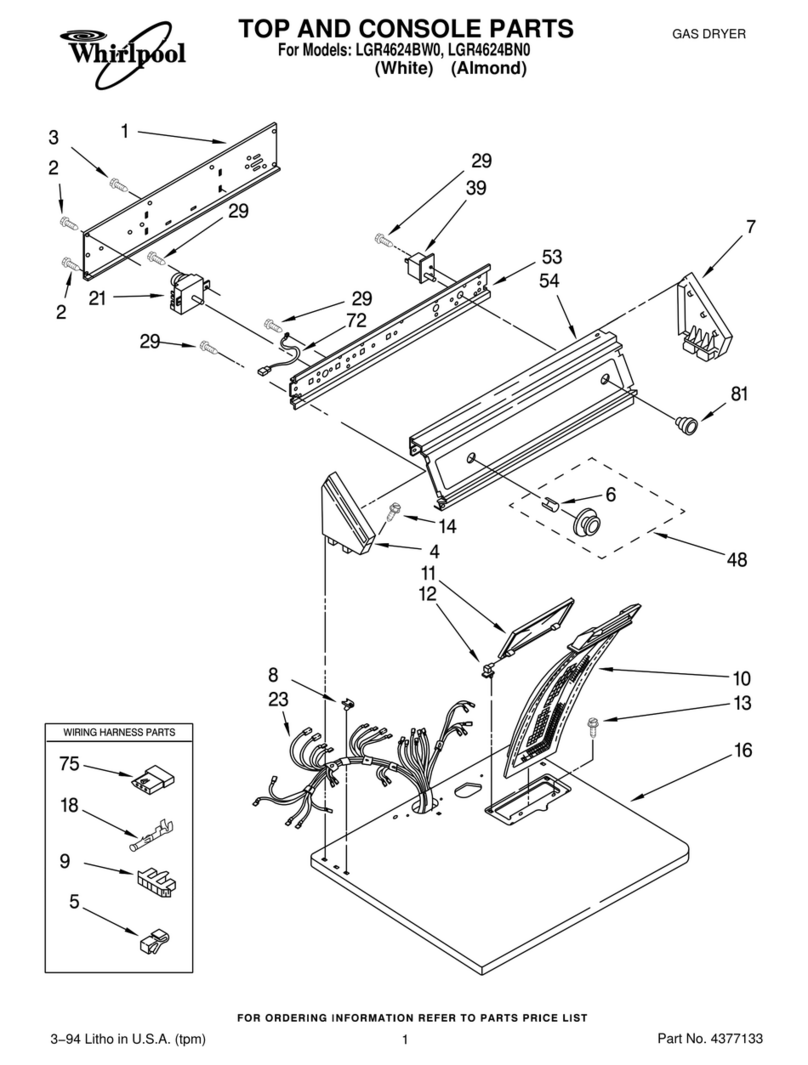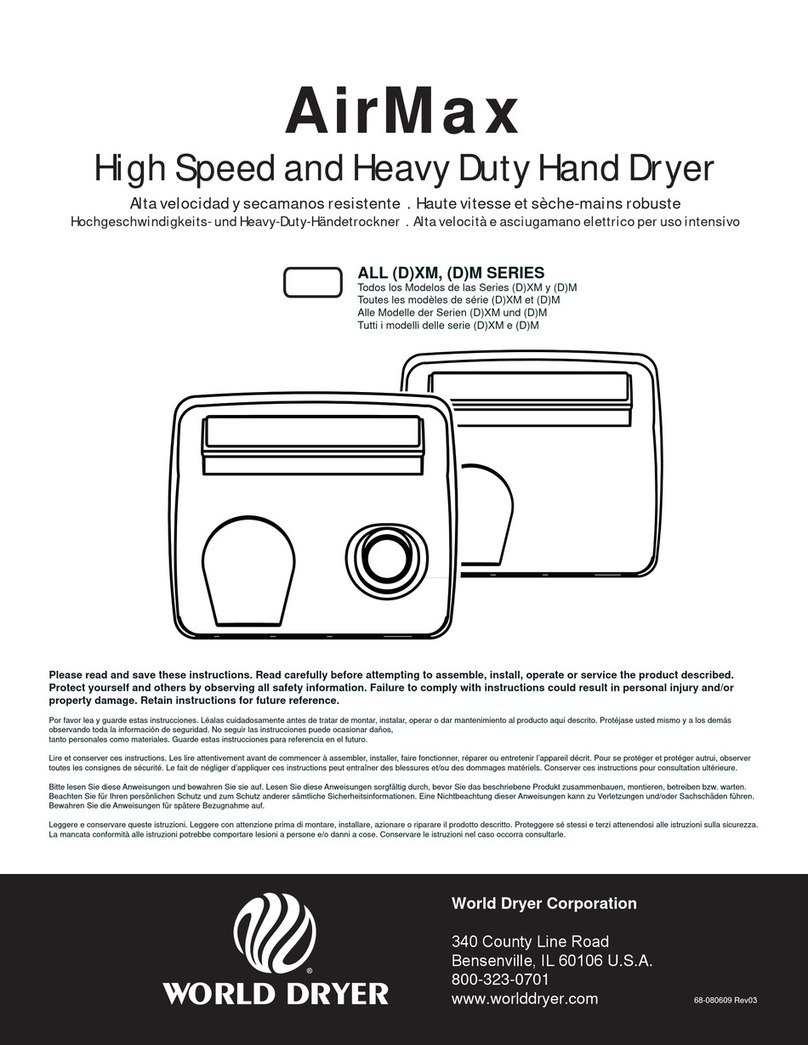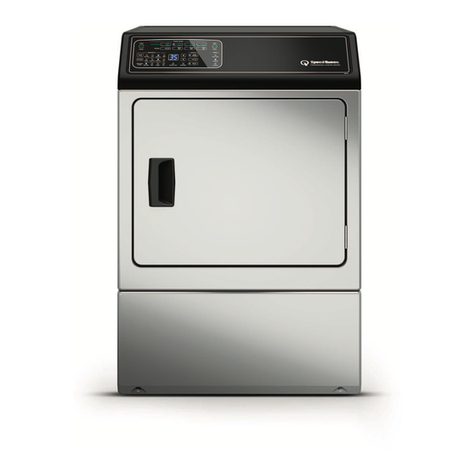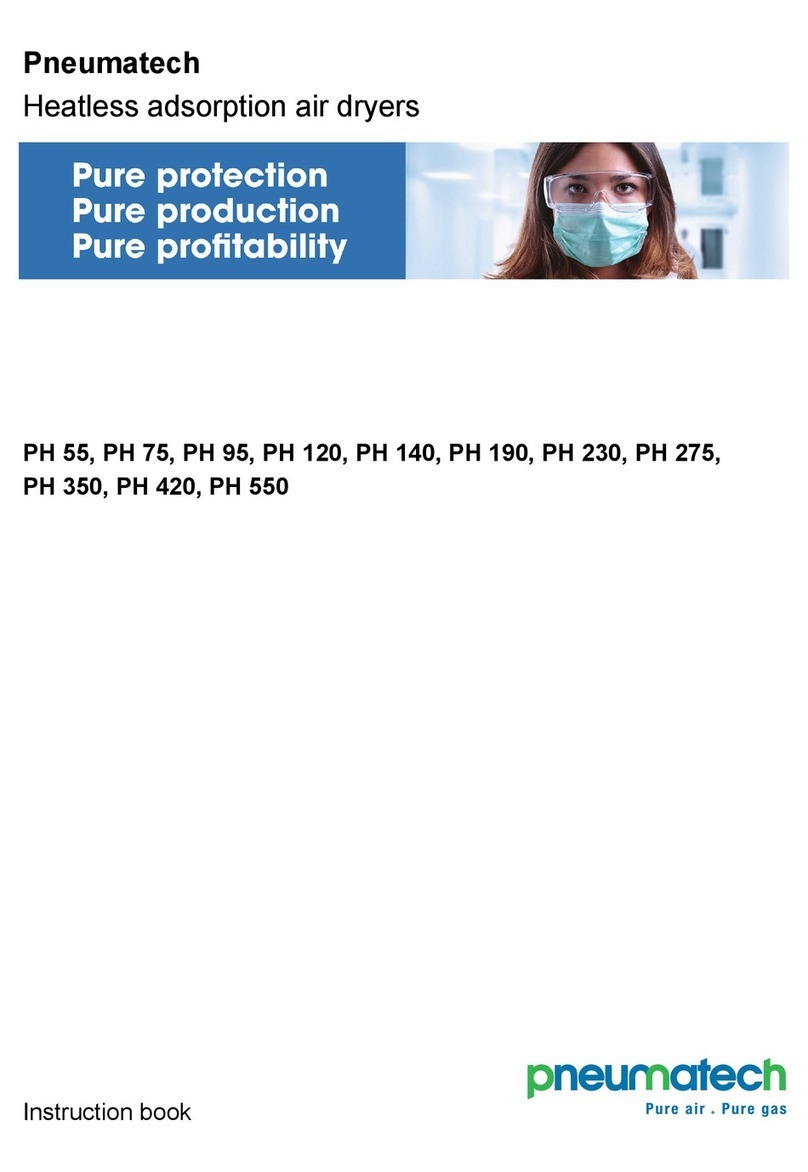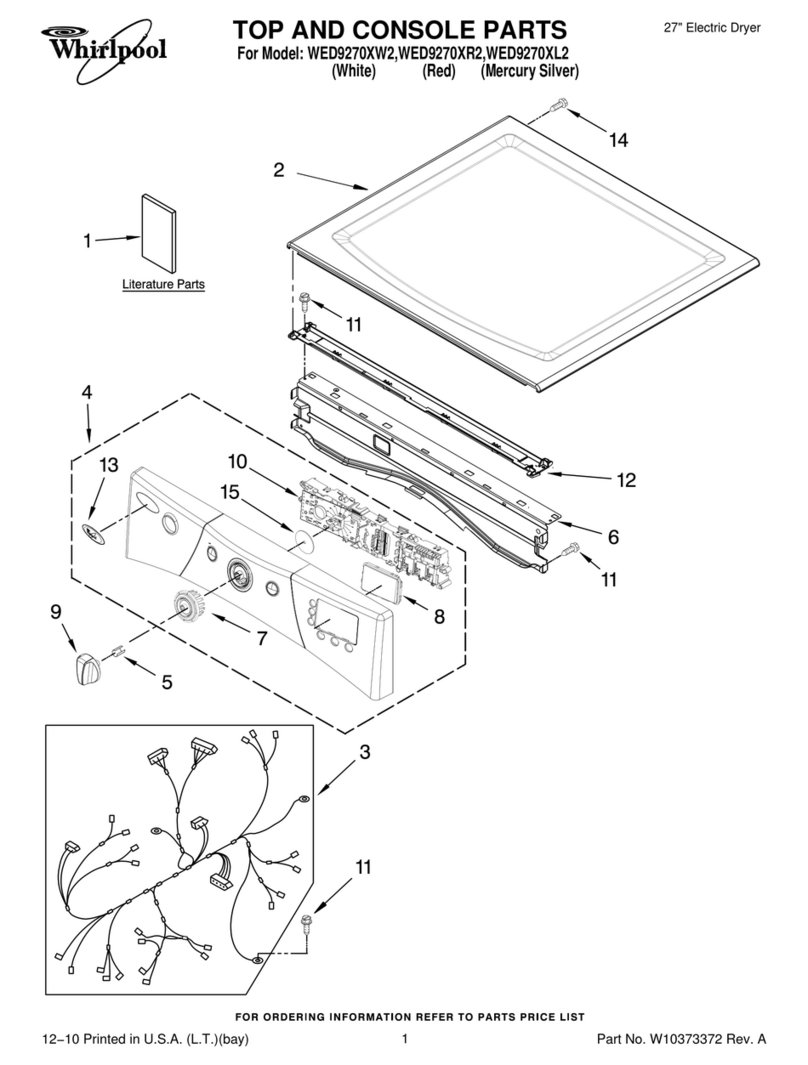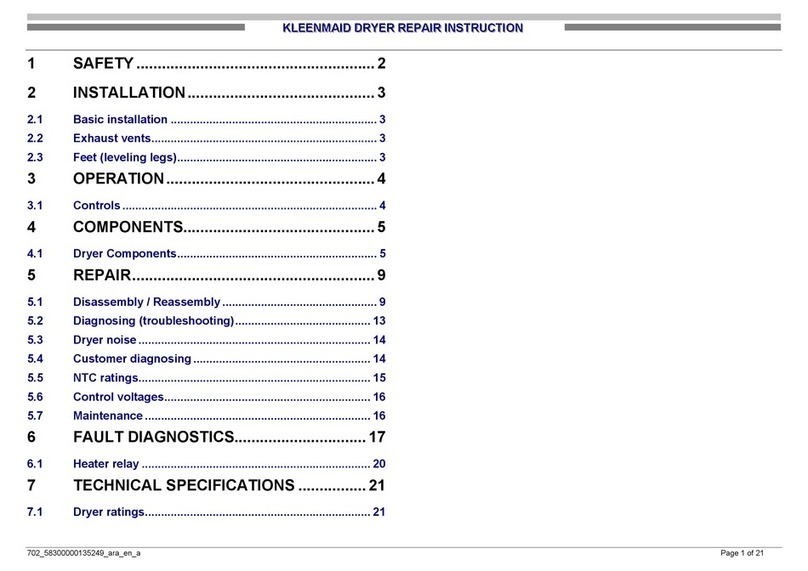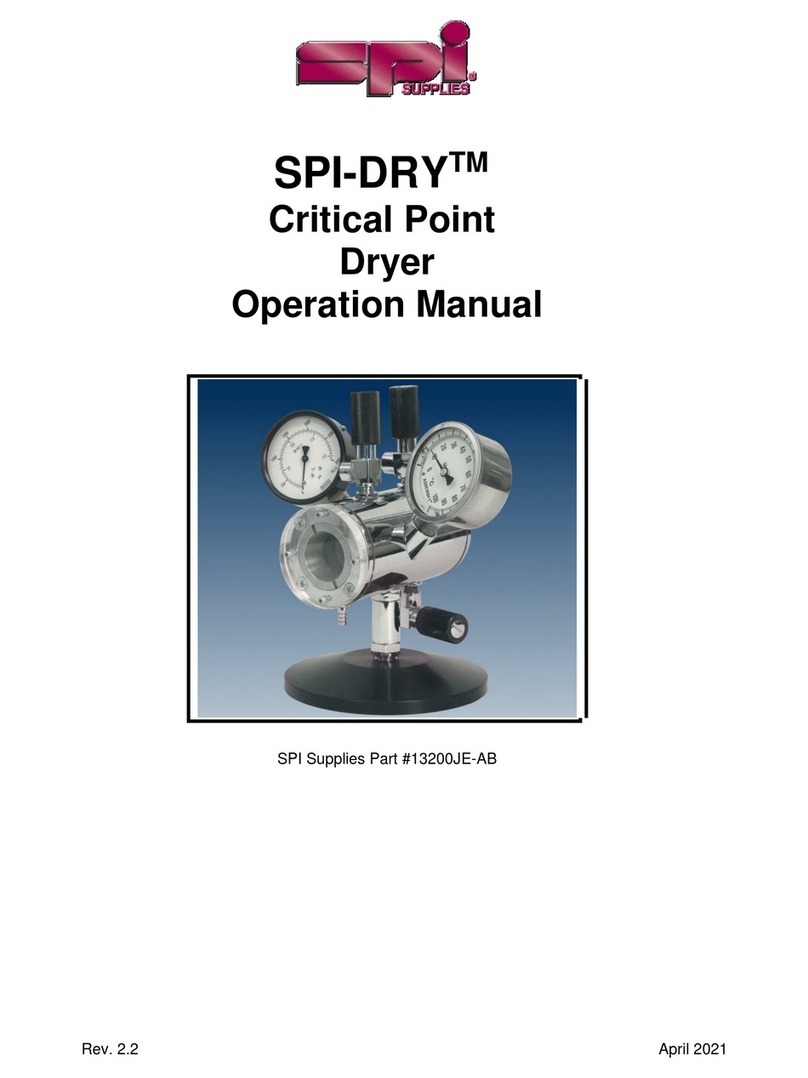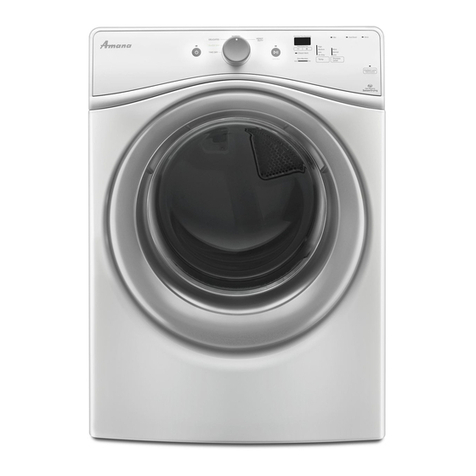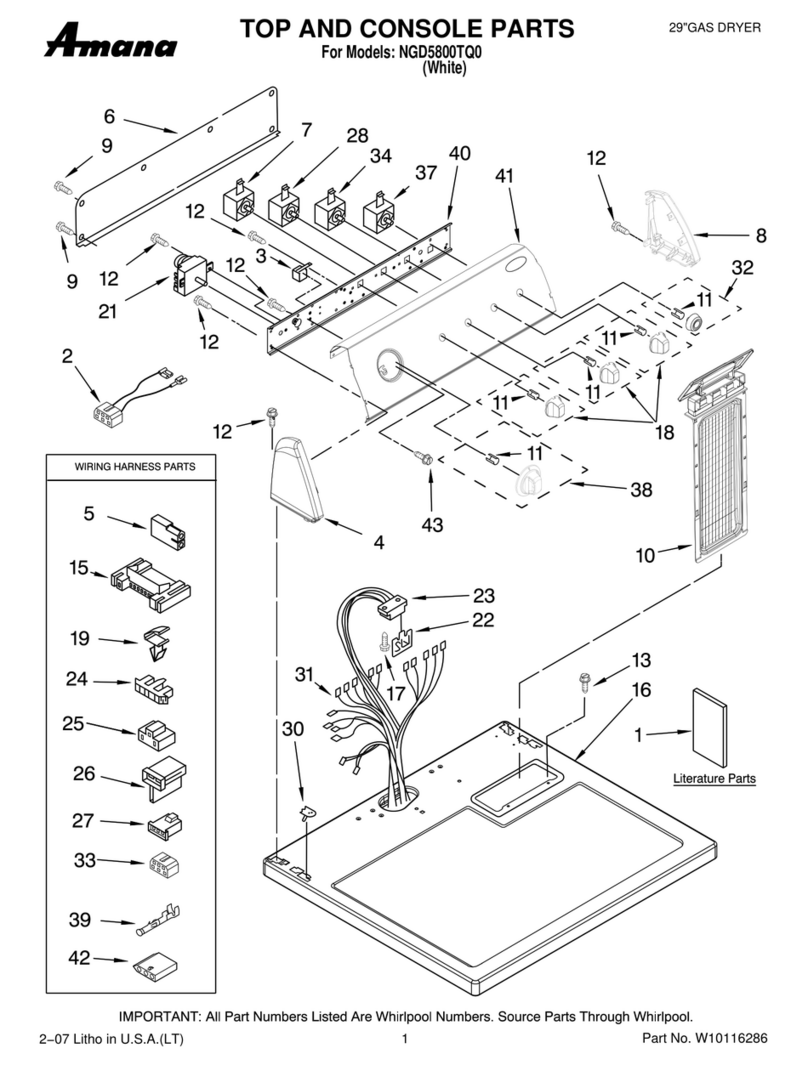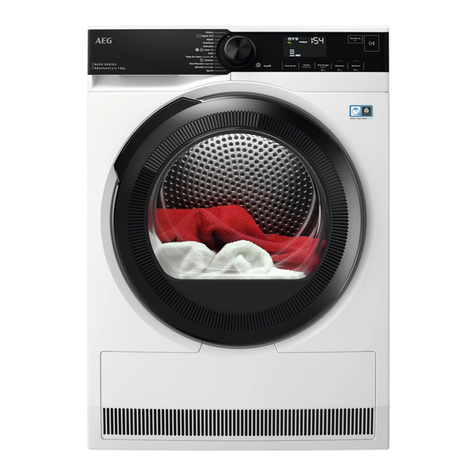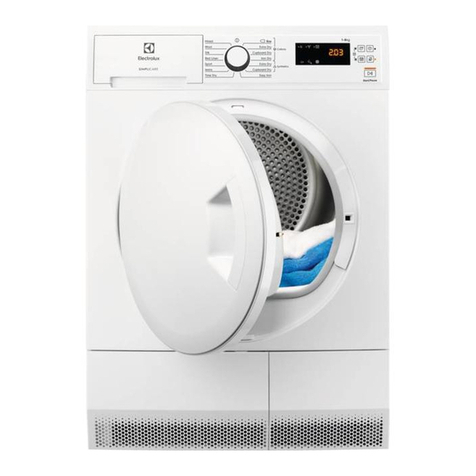8
Pub. No. OM-A-10E — April 2004
Adjustments & Settings
1. Standard Settings
a. Adjust the purge pressure to the recommended
level ____________PSIG.
b. Set heater thermostat TH1. 390°F. (Located in the
bottom of the heater shell)
c. Set over temperature thermostat TH2. 200°F.
(Located in the top of the heater shell)
d. Set desiccant bed thermostat TH3/TH4. 250°F.
e. Set heater failure thermostat TH5. 300°F.
(Located in the bottom of the heater shell)
Optional
f. Set heater failure time delay relay 3 HRS.
Optional
g. Set failure to shift time delay relay TDR 5 HRS.
Optional
h. Check and set the dewpoint monitor Setpoint
Settings. Settings are factory preset. See
dewpoint display settings on Page 19.
i. Open the bleed valve on the optional dewpoint
sensor probe.
j. Dewpoint Demand Setpoint ( ): __________
High Humidity Alarm Setpoint ( ): __________
Pulse Purge Regeneration Setpoint ( ): ______
2. Settings for models with optional Pulse Purge
Regeneration (PPR)
a. Heater control thermostat TH1. 390°F (Located in
the bottom of the heater shell.)
b. Over temperature thermostat TH2. 500°F
(Located in the top of the heater shell.)
c. Dessiccant bed thermostat TH3/TH4. 250°F
d. Heater failure thermostat TH5. 300°F (Located in
the bottom of the heater shell.) Optional
e. Failure to shift time delay relays (TDR). 5 hours
Optional
DMP Microprocessor Control with Cycle Sight ™
Available on most standard units
INTRODUCTION
1.
GENERAL:
The Pneumatech DMP controller is a
microprocessor controlled, ten (10) channel
sequence timer with LCD and LED display features.
The DMP controller consists of the main control unit
and the remote LCD, LED and I/O module. The two
units are connected via ribbon cable.
2.
SEQUENCE OF OPERATION:
The sequence of
operation is based on an 8 hour NEMA Cycle, with
one-half of the total time being for adsorption of
moisture from the process gas and one-half for
desiccant regeneration. Specifics of the timing
sequence are detailed in Figure 2, the Sequence of
Operation Diagram (SDG-1), on Page 11. If power
is interrupted, the DMP controller electronically stores
the point in the timing cycle at which power was
removed. When power is reapplied, timing will
resume from that point in the cycle. At all times
during operation, the current status of the timing
cycle is indicated graphically by the LEDs and
textually on the LCD screen.
3.
FEATURES
• CD screen indicating right/left tower heating/
cooling, right/left tower temperature, actual
sequence time, low pressure alert, demand cycle
indication (opt.), fail to shift alert (opt.).
• LED sequence annunciator indicating R/L tower
drying/regenerating, heater on, low pressure
alarm, demand cycle indicator (opt.), high
humidity alarm (opt.), fail to shift alarm (opt.).
• Timer and setting memory
• Time cycle advance button
• Open thermocouple protection
MODE OF OPERATION
1.
START UP:
The Digital Microprocessor Sequence
Controller will start to operate as soon as the power
is supplied and the unit is turned on. The load
outputs will recycle on and off based on an 8 hour
NEMA Cycle. The sequence will proceed according
to the Sequence of Operation Diagram SDG-1. See
Figure 2. The point at which the timing starts
depends on where the cycle stopped when power
was last turned off.
2.
MANUAL CYCLE ADVANCE:
The backside of the
remote I/O module contains an “ADVANCE” push
button. Each time the “ADVANCE” push button is
pressed, the timing cycle advances by 1 minute. If
the “ADVANCE” push button is held continuously for
5 seconds, the current time will advance by 30
minutes for every additional second it is held. The
“ADVANCE” push button is disabled whenever the
timing is stopped by an inhibit switch.



